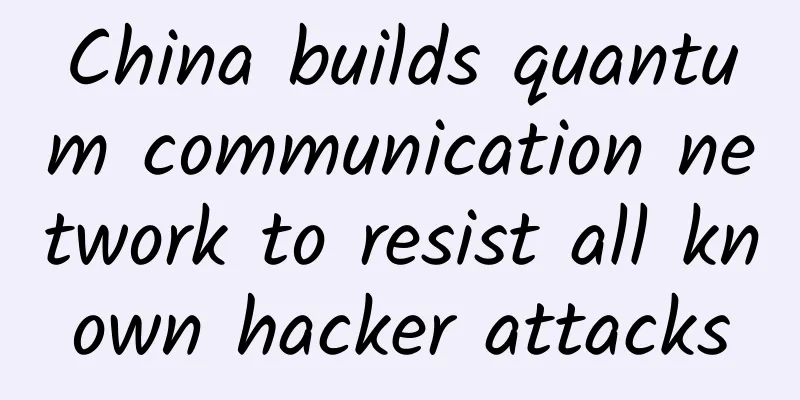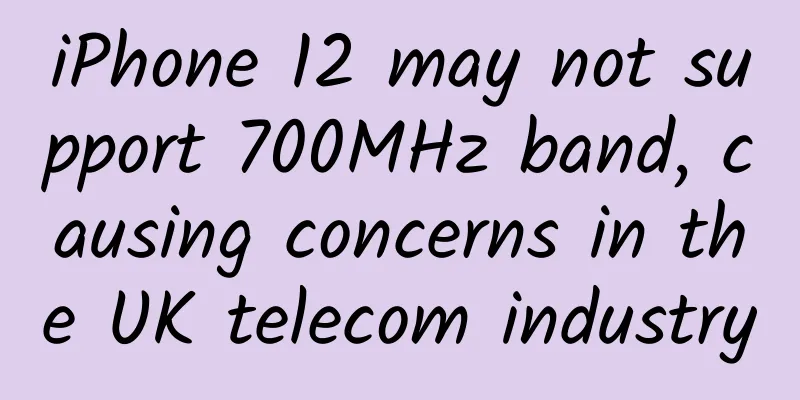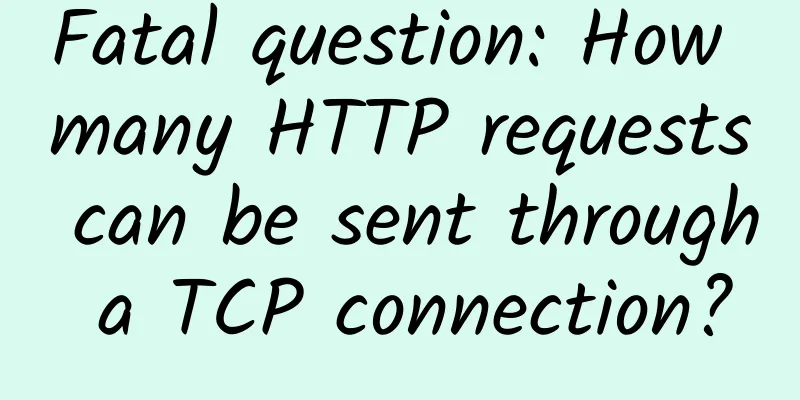China builds quantum communication network to resist all known hacker attacks

|
On January 7, news came from the University of Science and Technology of China that a team consisting of Academician Pan Jianwei and others successfully established the world's first integrated space-ground wide-area quantum communication network. Pan Jianwei and his colleagues Chen Yuao, Peng Chengzhi and others from the University of Science and Technology of China, in collaboration with Wang Jianyu's research group from the Shanghai Institute of Technical Physics, Chinese Academy of Sciences, the Jinan Institute of Quantum Technology and China Cable Television Network Co., Ltd., published a paper titled "An integrated space-to-ground quantum communication network over 4,600 kilometres" in the international academic journal Nature. Based on the successful docking of the Beijing-Shanghai trunk line of quantum secure communication with the "Micius" quantum satellite, the research team built the world's first wide-area quantum communication network integrating more than 700 ground-based optical fiber quantum key distribution (QKD) links and two satellite-to-ground free-space high-speed QKD links, realizing large-scale, multi-user quantum key distribution between the satellite and the ground with a ground span of 4,600 kilometers . It has also conducted more than two years of stability and security testing, standardization research, and application demonstrations in different fields such as government affairs, finance, and electricity. For quantum communication, high security is the biggest advantage. The quantum secure communication lines built in China can resist all currently known quantum hacking attack schemes . The Beijing-Shanghai quantum secure communication trunk line is over 2,000 kilometers long, covering 32 nodes in four provinces and three cities. It is currently the world's longest-distance quantum secure key distribution trunk line based on a trusted relay solution and was officially opened at the end of September 2017. The "Mozi" quantum satellite was successfully launched at the Jiuquan Satellite Launch Center in August 2016, and successfully completed all the planned scientific goals. In this work, the research team optimized the ground station receiving optical system, increased the clock frequency of the QKD transmission system, and applied a more efficient QKD protocol. Finally, the satellite-to-ground station high-speed quantum key distribution was achieved at the Nanshan ground station, with a generation rate about 40 times higher than previous work.
|
>>: Wi-Fi Alliance: Wi-Fi 6E is the most significant upgrade in 20 years
Recommend
Report: 5G conspiracy theories caused 170,000 hours of downtime in UK base stations
UK regulator Ofcom has revealed that so far in 20...
2022 Gartner Online Fraud Market Guide Report is officially released, Ruishu Information is once again selected as a representative manufacturer
In December 2022, Gartner®, a global authoritativ...
What is QoS technology? What are its functions?
QoS (Quality of Service) refers to a network'...
How much power does 5G base stations consume? It is expected to account for 2.1% of the total electricity consumption in society
As we all know, since the first half of the year,...
How is an excellent testing infrastructure created? eBay's Ru Bingsheng talks about the history of testing evolution
[51CTO.com original article] The Global Software ...
How 5G will shape the future of construction
5G is an enabler that will deliver new capabiliti...
Webman uses RabbitMQ messaging middleware to implement system asynchronous decoupling practical tutorial
Introduction RabbitMQ is an open source message b...
Interviewer: What process will be executed after entering the URL?
After entering the URL in the browser, it will pe...
Financial reports of the three major operators: In 2020, 5G started with an explosion
In June 2019, the Ministry of Industry and Inform...
IoT connections to grow 400% in four years
IoT connections are expected to reach 142 million...
IntoVPS: Hourly KVM monthly fee starts at $5 ($0.0075/hour), 6 data centers available
IntoVPS is an unmanaged VPS hosting brand launche...
Three simple steps to prevent DNS hijacking
I clearly entered the website address of a portal...
A complete picture of the 2021 annual report on network acquisitions
Throughout 2021, Cisco has been the biggest acqui...
What impact will satellite internet have on you when it really arrives?
Starlink, a satellite internet service that has b...
Huawei Cloud Technology Private Conference Special Edition: Experts share the key points of cloud computing: "hard, specialized, fast and stable"
[51CTO.com original article] The early winter in ...









